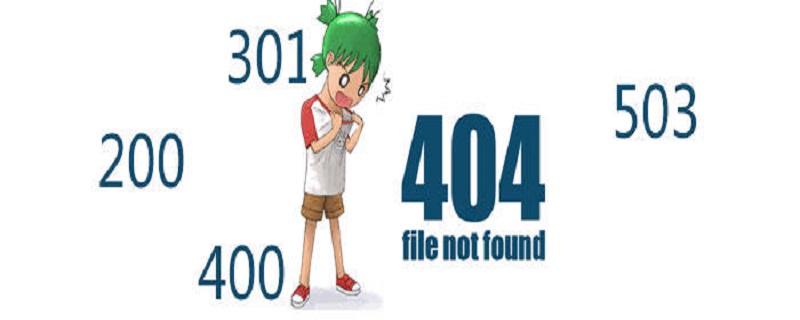
As developers, we are very familiar with http status codes. Only by being familiar with these http status codes can we find the key to the problem. So what does the http status code mean? What are the common http status codes? Next, php Chinese website will introduce to you the http status code.

1: What does http status code mean
When the user is browsing the web, the browser will return an http status Code is mainly used to respond to browser requests. Usually, it is usually a 3-digit number. The http status code is defined by RFC 2616. The first digit of all status codes represents the status.
2: What are the common http status codes?
1.HTTP 200 status code
HTTP 200 status code indicates that the request is successful, and the The request hopes to return a response. If you see 200 when visiting the website or viewing the web space log, it means it is normal.
2.HTTP 301 status code
HTTP 301 status code may not be unfamiliar to operation and maintenance personnel. Generally, 301 will be used when a website jumps. Under normal circumstances, Because the domain name expires or the domain name is not renewed, resources are transferred to other websites. 301 is a permanent redirect.
3. HTTP 404 status code [Recommended reading: What does 404 not found mean]
When the user is When accessing the website, a 404 page may appear. The reason for the 404 page may be that the requested resource does not exist and the page may be deleted.
4.HTTP 500 status code
HTTP 500 status code is also the most common status code. I believe many programmers have encountered it. 500 means there is a problem with the website server, but Different status codes represent different problems on the server.
The above is what does the team http status code mean? A full introduction to the commonly used http status codes. If you want to know more about HTTP video tutorial, please pay attention to the php Chinese website.
The above is the detailed content of What does http status code mean? What are the common http status codes?. For more information, please follow other related articles on the PHP Chinese website!
 How to get http status code in PHP
How to get http status code in PHP
 There is an extra blank page in Word and I cannot delete it.
There is an extra blank page in Word and I cannot delete it.
 Website creation software
Website creation software
 What format file is csv?
What format file is csv?
 Excel table slash divided into two
Excel table slash divided into two
 The role of padding attribute in css
The role of padding attribute in css
 What are the data collection technologies?
What are the data collection technologies?
 There are several types of browser kernels
There are several types of browser kernels